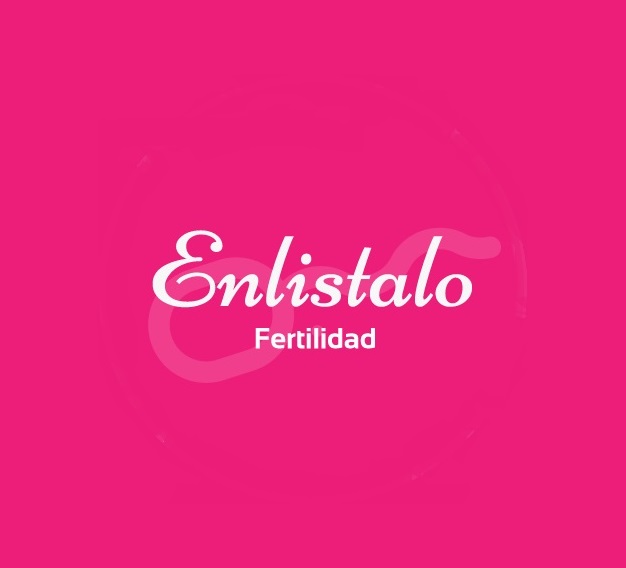All about ovarian stimulation
Difficulty ovulating? Ovarian stimulation helps to obtain a regular ovulation thanks to a hormonal treatment, which makes it possible to have a child naturally, but also to control the ovulatory cycle in order to collect a maximum number of eggs...

All about ovarian stimulation
Difficulty ovulating? Ovarian stimulation helps to obtain a regular ovulation thanks to a hormonal treatment, which makes it possible to have a child naturally, but also to control the ovulatory cycle in order to collect a maximum number of eggs...
What is ovarian stimulation?
Ovarian stimulation is a strategy that stimulates the woman's ovaries with hormones. This stimulation strategy favors the selection and development until maturation of several follicles in the woman's ovaries, it should be noted that all women have a stock of follicles containing immature oocytes in each ovary. The purpose of ovarian stimulation is to provide additional hormones such as FSH (Follicle Stimulating Hormone) to:
- Facilitate the recruitment of the dominant follicle in patients with an ovulation disorder;
- Increase the number of follicles that can be recruited in order to have several mature oocytes for in vitro fertilization.
How does ovarian stimulation work?
When we talk about protocol, we are talking about the treatment or treatments that will be prescribed to the patient. The protocols vary according to the objective to be reached: ovulation induction or recruitment for IVF, but also to palliate the origin of the ovulatory disorder (central or peripheral anovulation) and finally to adapt to parameters specific to each patient such as the hormonal balance and weight.
- To facilitate ovulation in anovulatory patients or those with an ovulation disorder, clomiphene citrate, a hormone pump or simple stimulation can be prescribed. Clomiphene citrate to induce ovulation is an oral treatment that can be repeated over 6 cycles.
- The hormone pump releases a hormone called GnRH that will stimulate the patient's natural FSH and LH secretion with central anovulation to restore ovulatory cycles.
- These treatments are generally accompanied by a surveillance or monitoring of ovulation by regular ultrasound of the ovaries and blood tests in order to observe the response to the treatment and its adaptation if necessary.
How does a simple ovarian stimulation work?
Simple ovarian stimulation aims to recruit one or two dominant follicles. "Hormonal injections such as FSH are given subcutaneously, mostly in pen form to facilitate self-injection. The treatment starts at the beginning of the cycle and is also accompanied by ovulation monitoring. This follow-up allows the physician to assess the best time to have sexual intercourse. The protocol may also include an ovulation triggering injection to mimic the secretion of LH, which is essential for any ovulation.
Several cycles of stimulation can be proposed, generally between 4 and 6 cycles. If pregnancy is too late, the couple can be directed, under certain conditions, to intrauterine insemination of spermatozoa associated with simple ovarian stimulation," explains our interlocutor. Often, simple ovarian stimulation is directly associated with intrauterine insemination to optimize and synchronize the sperm/oocyte encounter.
How does ovarian stimulation work in IVF?
For IVF, we will try to recruit several mature oocytes. To do this, it is necessary to stimulate the woman's ovarian activity with higher doses. In fact, the objective is to have several mature oocytes in order to fertilize them in the laboratory to increase the probability of having at least one or two embryos of good morphology. "In order to ensure that ovulation does not occur spontaneously before the oocyte collection, there are several types of stimulation protocols.
During the protocols, the patient is monitored by ultrasound and blood tests regularly to evaluate the response to stimulation, adapt the treatment and decide when to trigger ovulation.
- Long protocols in which ovarian function is blocked during the cycle preceding stimulation by nasal spray or subcutaneous injection.
- The short protocols in which, in parallel with the stimulation, spontaneous ovulation is blocked by daily subcutaneous injection.
What are the indications for ovarian stimulation?
Ovarian stimulation or ovulation induction is indicated to promote spontaneous pregnancy and in the case of recourse to medically assisted procreation. It is thus recommended in cases of ovulatory cycle disorders:
- Dysovulation (irregular cycles);
- Micropolycystic ovaries (MPO);
- Early stage of ovarian insufficiency (decrease in ovarian reserve);
- Central anovulation;
- In case of moderate disturbance of the spermogram or poor quality of the cervical mucus or mucus, stimulation can be combined with intrauterine inseminations.
In vitro fertilization is indicated in cases of
- Altered or absent fallopian tubes
- Important male factors
- Severe endometriosis
- Intrauterine insemination failures
Results and effectiveness of ovarian stimulation
The chances of success are to be evaluated on a case by case basis and depend on the techniques proposed. It is necessary to know when we talk about success rate if we are talking about pregnancy or delivery rate.
For in vitro fertilization, an agency has published the results in terms of delivery (2017), with a standardized rate around 27% by fresh embryo transfer. The success rate is also discussed in cumulative since from the same IVF, several embryo transfers are possible thanks to embryo cryopreservation.
Other articles on the subject
How does egg donation work in Mexico?
Secondary Infertility: Most Common Causes
Can you influence the sex of the baby?
